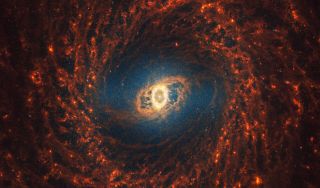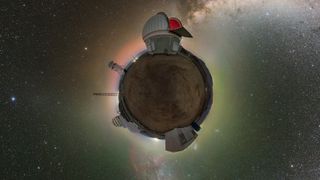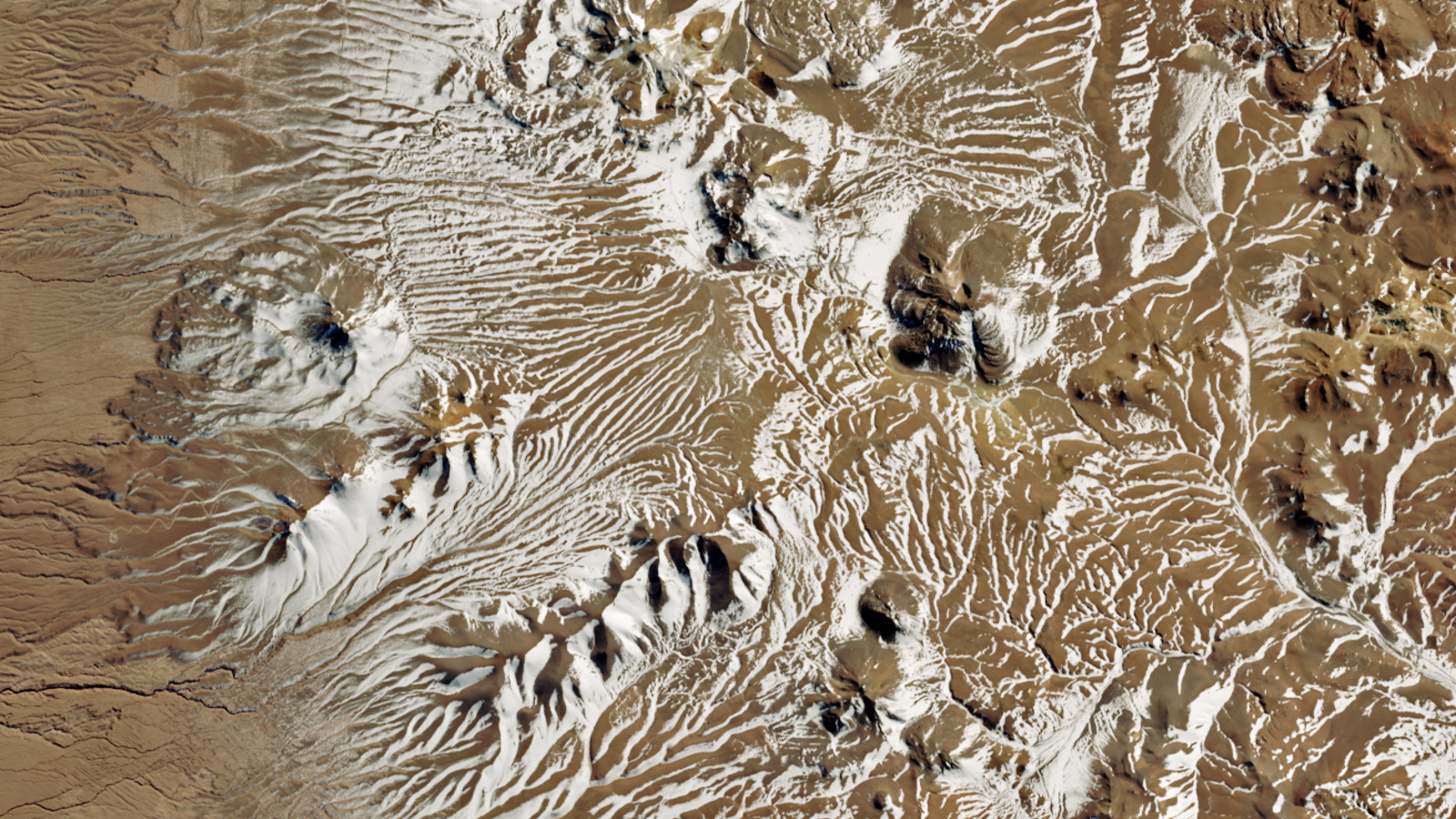Milky Way
Latest about Milky Way
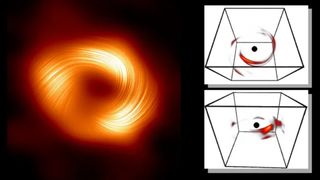
Explosive black hole flare from the center of our galaxy reconstructed from 'a single flickering pixel' using AI and Einstein's equations
By Robert Lea published
An explosive flare from the Milky Way's central black hole has been translated from 'a single flickering pixel' into a detailed 3D model using AI and Einstein's general relativity equations.
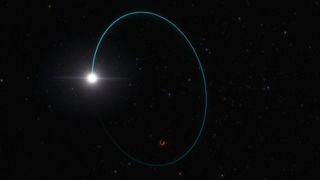
Most massive stellar black hole in the Milky Way discovered 'extremely close' to Earth
By Ben Turner published
Astronomers found the most massive stellar-mass black hole in the galaxy after spotting a star "wobbling" nearby. The baby monster is the 2nd-closest black hole to Earth ever detected.
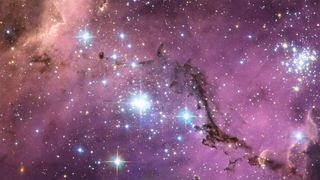
Group of 60 ultra-faint stars orbiting the Milky Way could be new type of galaxy never seen before
By Sharmila Kuthunur published
A new satellite galaxy discovered orbiting the Milky Way is either an incredibly ancient, soon-to-fragment clump of stars or the most dark-matter-dominated dwarf galaxy ever found.
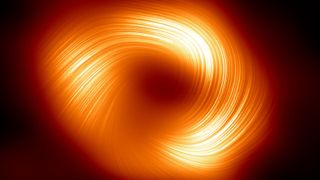
Milky Way's monster black hole may be shooting superheated jets into our galaxy, groundbreaking images reveal
By Harry Baker published
A new polarized light image of the supermassive black hole Sagittarius A* has given us our first clear look at the magnetic field of the cosmic juggernaut, which suggests that it may have superheated jets just like even larger black holes.
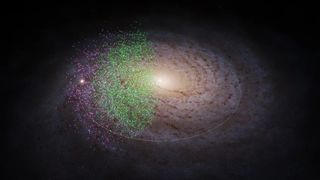
13 billion-year-old 'streams of stars' discovered near Milky Way's center may be earliest building blocks of our galaxy
By Brandon Specktor published
Two gargantuan structures discovered near our galaxy's ancient heart may be some of the earliest building blocks of the Milky Way. Researchers have named them Shiva and Shakti.
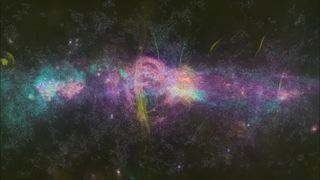
'This is a journey, not a destination': Stunning map of the Milky Way's center exposes new mysteries about our galaxy
By Robert Lea published
A stunning new map of the magnetic fields at the Milky Way's center charts never-before-seen features, and raises new questions about how our galaxy's central engine works.
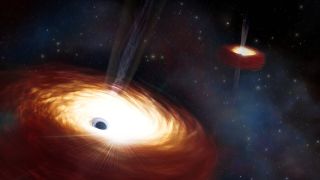
Astronomers find heaviest black hole pair in the universe, and they've been trapped in an endless duel for 3 billion years
By Ben Turner published
Two supermassive black holes spotted circling inside a remote 'fossil' galaxy are the heaviest, and the closest, black hole binary ever found.
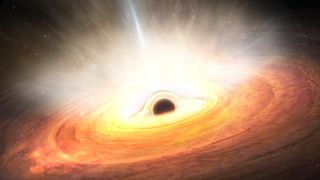
Star-killing 'black hole wind' spotted in a distant galaxy could explain a major mystery at the Milky Way's center
By Joanna Thompson published
For the first time, scientists discovered a powerful 'black hole wind' that blew through a nearby galaxy for hundreds of days, crushing star formation and reshaping the galaxy. Something similar may already have happened in the Milky Way.
Get the world’s most fascinating discoveries delivered straight to your inbox.


